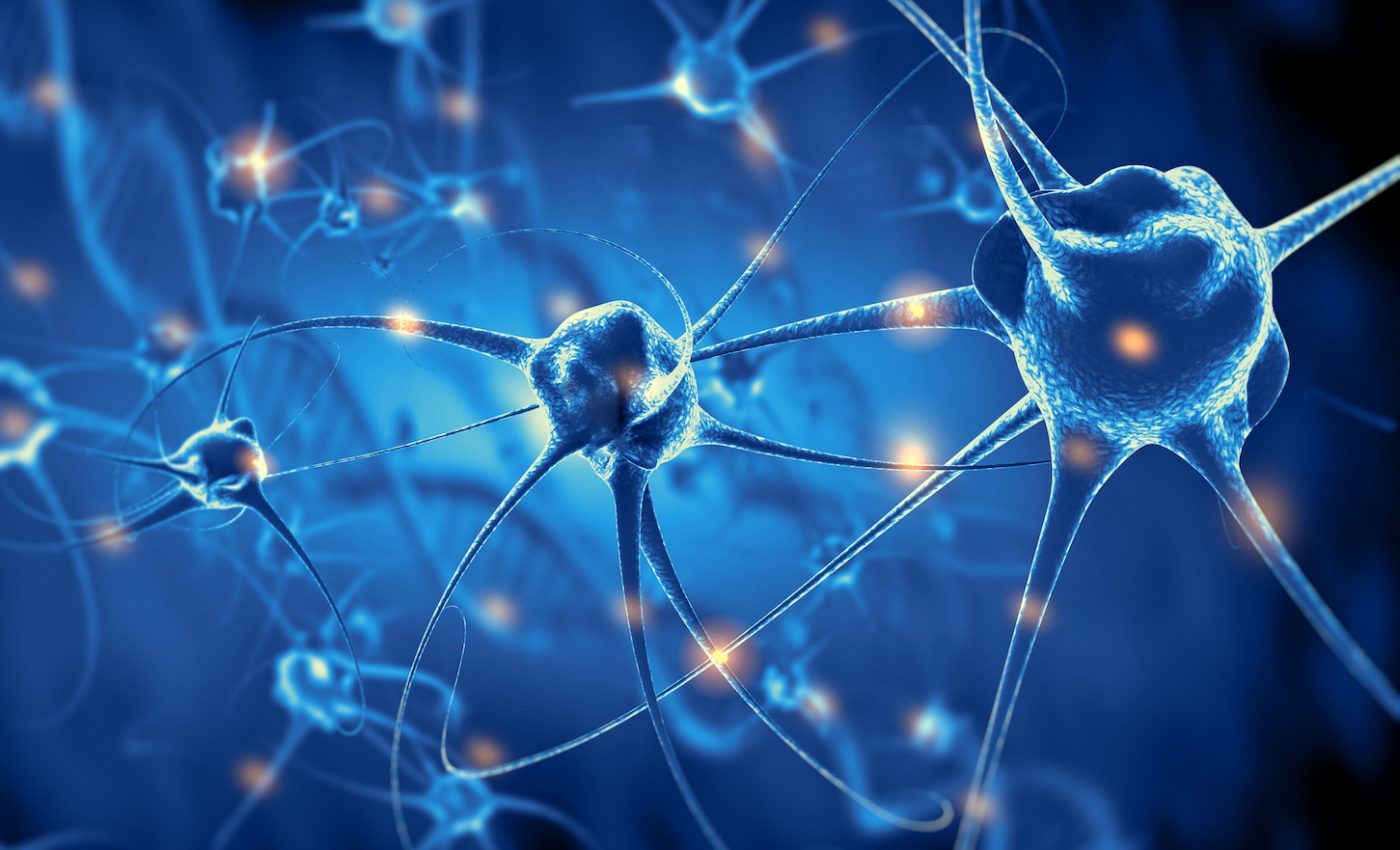
Scientists assemble the first full diagram of an animal’s nervous system
Researchers at the Albert Einstein College of Medicine have assembled the first complete wiring diagram of the nervous system of an animal. The study was focused on the roundworm Caenorhabditis elegans, and reveals some significant differences between the male and female specimens.
The achievement marks a major milestone in the field of “connectomics,” the production of comprehensive maps of the brain or nervous system to identify the specific nerve connections responsible for various behaviors.
Study lead author Dr. Scott Emmons is a professor of Genetics in the Dominick P. Purpura Department of Neuroscience.
“Structure is always central in biology,” said Dr. Emmons. “The structure of DNA revealed how genes work, and the structure of proteins revealed how enzymes function. Now, the structure of the nervous system is revealing how animals behave and how neural connections go wrong to cause disease.”
Experts theorize that some neurological and psychiatric disorders, such as schizophrenia and autism, are problems caused by faulty connections.
“This hypothesis is strengthened by the finding that several mental disorders are associated with mutations in genes that are thought to determine connectivity,” said Dr. Emmons. “Connectomics has the potential to help us understand the basis of some mental illnesses, possibly suggesting avenues for therapy.”
An adult C. elegans grows to just one millimeter in length and contains about 1,000 cells that make up a simple nervous system with a few hundred neurons. This makes the roundworm one of the best animal models for understanding the human brain, which is billions of times more complex.
The laboratory of the late British biologist Dr. Sydney Brenner published the first map of the C. elegans nervous system in 1986, after analyzing thousands of electron micrographs of the roundworm.
Using specially developed software, Dr. Emmons’ team combined new roundworm electron micrographs with the ones used by Dr. Brenner to create complete wiring diagrams of entire adult animals of both C. elegans sexes. The diagrams include all connections between individual neurons, connections from neurons to the worm’s muscles and other tissues, and synapses between the muscle cells.
“While the synaptic pathways in the two sexes are substantially similar, a number of the synapses differ in strength, providing a basis for understanding sex-specific behaviors,” explained Dr. Emmons.
“These connected networks serve as starting points for deciphering the neural control of C. elegans behavior. Since the roundworm nervous system contains many of the same molecules as the human nervous system, what we learn about the former can help us understand the latter.”
The study is published in the journal Nature.
—
By Chrissy Sexton, Earth.com Staff Writer
Image Credit: Shutterstock/Giovanni Cancemi













